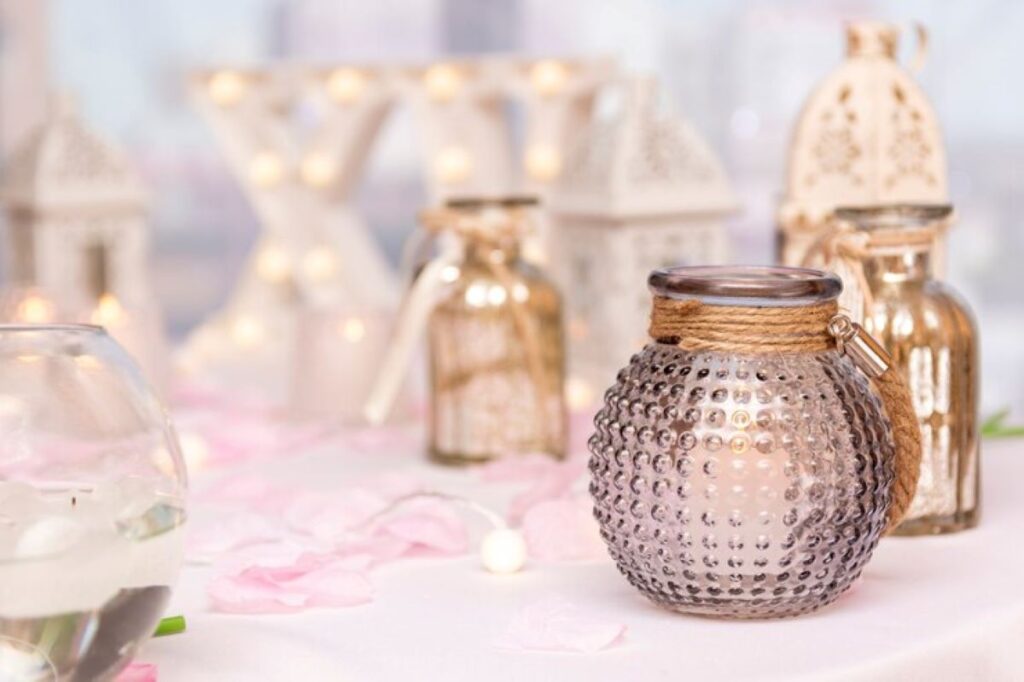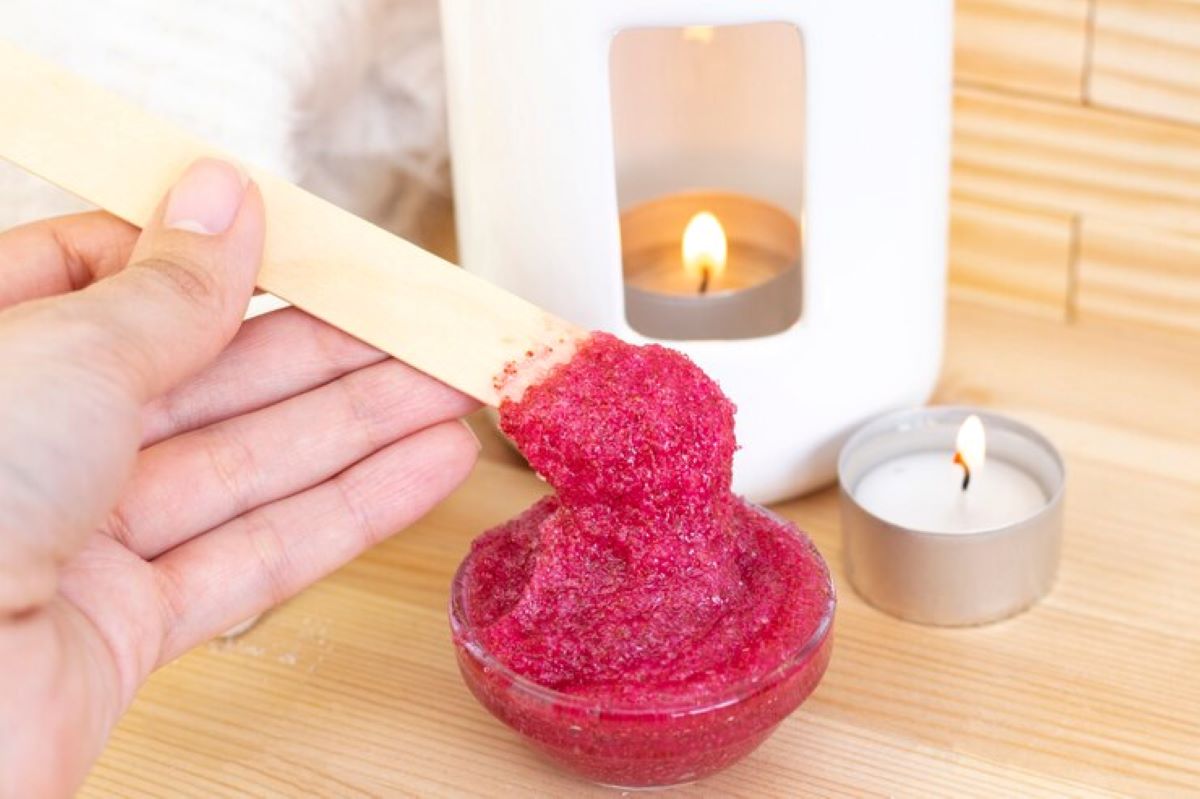Candle making has become a popular hobby and business, with enthusiasts seeking the best materials to create beautiful and fragrant candles. One of the outstanding options available in the market is Golden Wax 464. This guide will delve into the characteristics and preparation involved in using Golden Wax 464, including tips for perfect pouring.
Understanding Golden Wax 464
Golden Wax 464 is a natural, soy-based wax that is renowned among candle makers for its superior performance and delightful results. This wax is specifically tailored for container candles and offers a reliable pouring experience, thus making it a favorite among both novice and seasoned candle artisans.
What is Golden Wax 464?
464 golden wax is a premium soy wax blend derived from soybeans. This blend has been designed to enhance adhesion to the container, allowing for a smooth and even finish. Unlike some other waxes, Golden Wax 464 contains no additives or harsh chemicals, making it an eco-friendly option for candle makers who are concerned about sustainability.
The wax’s ability to hold fragrance oils and its excellent burning characteristics make it an optimal choice for creating scented candles. Moreover, Golden Wax 464 is versatile, making it suitable for a variety of candle-making techniques. Candle makers can experiment with different wick sizes and types to achieve the perfect burn, allowing for a customized experience that caters to individual preferences and styles.
Benefits of Using Golden Wax 464
There are several key benefits to using Golden Wax 464 that contribute to its popularity:
- Easy to Work With: Golden Wax 464 melts easily and provides a consistent pour, which is especially beneficial for beginners.
- Excellent Scent Throw: This wax can hold a good amount of fragrance oils, resulting in excellent cold and hot scent throw when the candle is burned.
- Clean Burning: The natural composition of this wax ensures minimal soot production, resulting in cleaner air and a healthier environment.
- Good Adhesion: Candles made with Golden Wax 464 have a super smooth finish and exhibit great adhesion to the container, reducing the risk of separation.
In addition to these benefits, Golden Wax 464 also boasts a low melting point, which allows for a quicker cooling time. This feature is particularly advantageous for candle makers who wish to create multiple batches in a single day. Furthermore, the wax’s ability to maintain its shape and color over time ensures that the finished product remains visually appealing, even after prolonged exposure to light and air. This durability makes it an ideal choice for both personal use and commercial production, as the candles maintain their aesthetic quality throughout their lifespan.
Another noteworthy aspect of Golden Wax 464 is its compatibility with various dye types, enabling candle makers to create vibrant, colorful candles that can match any decor or occasion. Whether opting for subtle pastels or bold hues, the wax allows for a seamless integration of color without compromising the integrity of the candle. This flexibility empowers artisans to express their creativity and cater to diverse customer preferences, further solidifying Golden Wax 464’s status as a go-to choice in the candle-making community.
Preparing for the Pouring Process
Before beginning the candle-making process with Golden Wax 464, it’s crucial to prepare adequately. Proper preparation will help to ensure a successful pour and improve the overall quality of your candles. Taking the time to set up your workspace and gather all necessary materials will not only streamline the process but also enhance your creativity as you craft unique candles.
Necessary Tools and Materials
To start pouring with Golden Wax 464, you will need the following tools and materials:
- Golden Wax 464
- Fragrance oils (optional)
- Candle wicks suitable for soy wax
- Candle containers
- A double boiler or a wax melter
- A thermometer for monitoring the wax temperature
- A stirring spoon or stick
- Pitcher or pouring pot
- Pouring pot to skim off any bubbles
Investing in quality tools can greatly enhance your experience and results during the candle-making process. For instance, using a reliable thermometer will help you achieve the perfect pouring temperature, which is essential for ensuring that your fragrance oils bind well with the wax. Additionally, selecting the right wick is vital, as it affects the burn quality and scent throw of your finished candle. Experimenting with different wick sizes and types can lead to discovering the perfect combination for your unique creations.
Safety Measures to Consider
When working with melted wax, safety should always be a priority. Here are some essential safety measures to keep in mind:
- Always work in a well-ventilated area to minimize inhalation of fumes.
- Wear heat-resistant gloves to protect your hands from burns.
- Use a thermometer to ensure the wax is heated to the appropriate temperature without exceeding it.
- Keep a fire extinguisher nearby, just in case of emergencies.
By following these safety measures, you’ll create a safe working environment while enjoying your candle-making adventure. Additionally, consider wearing an apron or old clothes to protect against any wax spills, as melted wax can be difficult to remove from fabric. It’s also wise to have a first aid kit on hand, just in case of minor accidents. Familiarizing yourself with the properties of the materials you are using, such as the flash point of fragrance oils, can further enhance your safety and confidence as you embark on this creative journey.

The Art of Melting Golden Wax 464
Melting wax is an essential step in the candle-making process. Each step should be approached with care to ensure optimal results. The quality of your melted wax can significantly influence the final product, from the scent throw to the appearance of the candle. Understanding the properties of Golden Wax 464, a natural soy wax blend, can help you achieve the best possible outcome in your candle-making endeavors.
Step-by-Step Melting Process
1. Start by measuring your wax. A good rule of thumb is to use about one pound of wax for every 16 ounces of wax volume in your container. This ensures that you have enough wax to fill your container while accounting for any shrinkage that may occur during cooling.
2. Place the wax in a double boiler or a designated wax melter. Never melt wax directly over the heat source, as this can lead to burning. A double boiler helps maintain a consistent temperature, which is crucial for achieving a smooth melt without scorching the wax.
3. Monitor the temperature closely. Golden Wax 464 should be melted to a temperature between 170°F to 180°F (76°C to 82°C) for the best results. Using an infrared thermometer can be particularly helpful, as it allows you to check the temperature without disturbing the melting process.
4. Stir the wax gently to prevent air bubbles from forming as it begins to melt. If you add fragrance oils, wait until the wax reaches about 160°F (71°C) before mixing them in. This temperature allows for optimal bonding of the fragrance to the wax, ensuring a strong scent throw when the candle is burned.
5. Once fully melted, let the wax cool slightly before pouring. It should be between 140°F to 150°F (60°C to 65°C) when it’s time to pour. Pouring at the right temperature helps to minimize surface imperfections and allows for a smooth finish on the candle.
Common Mistakes to Avoid
Even seasoned candle makers can make mistakes. Here are some common errors to watch out for:
- Poor temperature control: Always use a thermometer and ensure you’re within the ideal temperature range for melting and pouring.
- Insufficient stirring: Failing to stir the wax can lead to uneven integration of fragrance oils and cause scent throw issues. Stirring not only helps to incorporate the fragrance but also ensures that any additives, such as colorants, are evenly distributed throughout the wax.
- Skipping the cooling period: Pouring wax when it is too hot can lead to burn on the candle surface, which can negatively affect the final appearance. Additionally, pouring too hot can create a rough texture on the candle’s surface, detracting from its overall aesthetic.
By avoiding these mistakes, you’ll enhance your pouring technique and overall candle quality. Furthermore, consider experimenting with different wick sizes and types to find the perfect match for your candles. The right wick can significantly impact the burn time and scent throw, making your finished product even more enjoyable. Candle making is as much an art as it is a science, and with practice, you can refine your technique to create beautiful, fragrant candles that illuminate any space.
Perfecting the Pouring Technique
The pouring technique plays a crucial role in the success of your candles. Mastering the art of pouring will ensure that your finished product is both aesthetically pleasing and functional.
Achieving the Right Temperature
A significant factor that influences how well the wax settles into the container is the pouring temperature. If the wax is too hot, it can cause issues such as cracking or bubbling in the finished candle. Conversely, if the wax is too cool, it may not pour easily or adhere properly to the wick.
To achieve the right temperature, allow the melted wax to cool to between 140°F and 150°F before pouring. This range helps the wax maintain its fluidity while ensuring a smooth finish on the candle’s surface.
Pouring Tips for a Smooth Finish
To achieve a flawless finish when pouring your candles follow these tips:
- Pour wax slowly and steadily into the center of the container to minimize turbulence that can create air pockets.
- Consider an angle: Tilting your pouring container slightly can help guide the wax flow, reducing the risk of splashes.
- Keep the pour height low to decrease the chances of bubbles forming when wax hits the candle surface.
By honing your pouring technique, you can deliver beautiful, smooth candles every time.
See Also : Wholesale Candle Wax Suppliers for High-Quality Candle Creations
Troubleshooting Common Issues
Even with the best practices, issues can arise during candle making. Knowing how to troubleshoot these challenges is crucial in creating high-quality candles.
Dealing with Bubbles and Cracks
Bubbles on the surface of a poured candle can be frustrating. They can occur due to overheating the wax or not stirring enough during the melting process. If you find bubbles, lightly reheating the surface with a heat gun or blow dryer can help melt them away. Alternatively, consider using a toothpick to pop or draw the bubbles out gently.
Cracks can occur when the wax cools too quickly, particularly if the melting temperature was too high. To minimize this risk, allow the candles to cool at room temperature and keep them away from drafts.

Fixing Uneven Candle Surfaces
Uneven surfaces can detract from the quality of your candles, but they can be easily remedied. If your candle surface isn’t smooth, reheat the surface with a heat gun to smooth it out or melt additional wax to fill in the gaps.
Another technique involves letting the candle cool slightly once poured, then gently pressing down with a spatula or a tool to level off the top before it completely sets.
With practice and knowledge, you can master the use of Golden Wax 464, creating stunning and functional candles that display your artistic flair.

